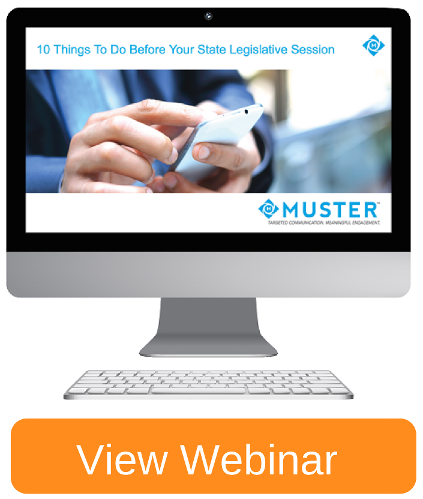
Just weeks away from the 2016 presidential election, political campaigns and citizen advocacy groups are ramping up efforts to support their preferred presidential nominee. As a tax-exempt organization, what is an association’s role in an election year? How can 501(c)(6) trade associations and other membership organizations engage in political elections?Associations have many opportunities to look after their policy interests in an election year. Here are several ways that 501(c)(6) groups can use elections as a tool to advance their policy goals:
- Create a Political Action Committee (PAC). To comply with Federal Election Commission (FEC) regulations, associations must utilize PACs to offer financial contributions to political candidates. PACs operate exclusively in the political and legislative scene, and are created by groups to support and/or oppose political candidates in elections. Because the FEC bans associations from using their (association) bank account to finance political candidates/parties, most PACs belonging to trade associations use separate segregated funds (SSFs) to contribute to political campaigns. SSFs exist because the account funding the PAC, and the monetary contributions flowing from the PAC, must be separate from the treasury account that operates the trade association (source: here).
- Arrange events where members can meet various candidates and elected officials. A great nonpartisan way to advance your policy goals is by personally connecting your members with legislators. In the era of digital advocacy, face-to-face conversations with legislators about policy issues that are of interest/concern are invaluable. Consider hosting a legislative breakfast or luncheon where candidates and members can network and engage in meaningful dialogue about policy affecting the association’s industry.
- Support civic engagement and voter registration opportunities. An association can create a PAC and fundraise, host roundtables and luncheons and engage in media activities, but if citizens don’t turn out to vote on Election Day, all the hard work leading up to the election is rendered ineffective. Encourage members to register to vote and help them find the correct resources by providing tools and direction to members who still must register.
- Endorse a political candidate. 501(c)(6) associations may endorse political candidates (source: here). For a great example of a public-facing endorsement, take a look at this online announcement published by the American Nurses Association. Association PACs may also endorse political candidates, and collect contributions from their members (and only their members) to donate to a candidate or party (source: here). If the association's PAC publicly endorses a candidate through a form of public communication, a disclaimer is required (source: here). If the communications endorsing the candidates are member-facing, no disclaimer is needed.
